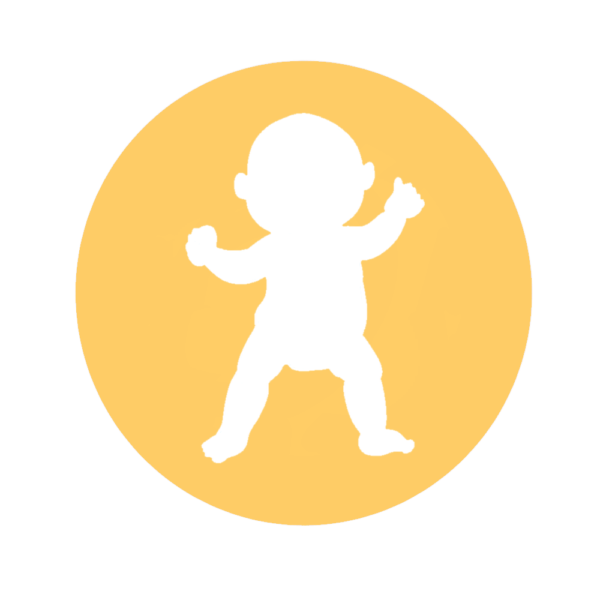Feeding your child: years 1-2
Feeding your baby

At this age, Your Child is moving closer to a stage where they can eat the same food as the rest of the family. That means you and other adults become important role models to set healthy eating habits.
What kinds of food do you offer?
Offer your baby foods with different flavors and textures. Feed Your Child a variety of fruit and vegetables, whole grains, and protein foods. Because toddlers have little bellies that fill up fast, ensure you serve nutritious foods. Giving your baby iron-rich foods aids growth and development and helps prevent iron deficiency.
Why is iron important?
Iron deficiency in toddlers leads to anemia and can affect their physical, mental, and behavioral development. Offer your child iron-rich foods, such as meat, fish, poultry, iron-fortified cereals, eggs, lentils and peas, dried beans, and tofu, in every meal. These foods prevent iron deficiency, aid Your Child’s growth, and enhance brain development. Also, limit your baby’s milk intake to about 500 ml a day.
The place of milk
Since it is a good source of vitamin D and calcium, which help build strong bones, milk should be a part of your baby’s diet. For toddlers under the age of 2, drinking milk is important because of its dietary fat, which is needed for growth and brain development.
Plain cow’s milk is a good source of vitamin D and calcium for growing children. Offer 500 mL of pasteurized whole cow’s milk each day. When they reach age 2, you can switch to low-fat milk, such as skim (1% or 2%) or nonfat milk, if the toddler is overweight or has a family history of obesity and high cholesterol.
If your child rejects whole cow’s milk, you can try goat milk or mix the cow milk with breast milk or formula and adjust the mixture with time until it becomes 100% cow’s milk.
What foods should you avoid?
Generally, avoid foods that can cause choking — examples include popcorn, hard candies, hot dogs, whole grapes, nuts, raisins, and raw vegetables. Since your baby is being exposed to varieties of foods at this age, be sure to look out for allergic reactions when introducing new foods. Toddlers are especially at a higher risk of food allergies if a close family member has an allergic condition, such as asthma or eczema. Also, try to avoid all processed foods, sweets, and very salty foods.
How much should your toddler eat?
Every toddler is different, and the amount of food they need varies based on their age, activity level, growth rate, and appetite. Your child’s appetite can also be affected by their health, mood, type of food offered, as well as the time of the day. You can offer your child three meals and two or three snacks in a day.
Resist the urge to force Your Child to eat when they are not hungry. Allow your child to respond to their promptings of hunger and fullness. On the other hand, don’t allow your child to eat all day long either. Instead, create a regular schedule of meals and snacks and allow your child to get used to the schedule.
Do not hesitate to talk with your child’s doctor if you have concerns about how much your child should eat or is eating.
Verified:
Dr. Piyawut Kreetapirom, MD. license no. 41578 (8 July 2021)



